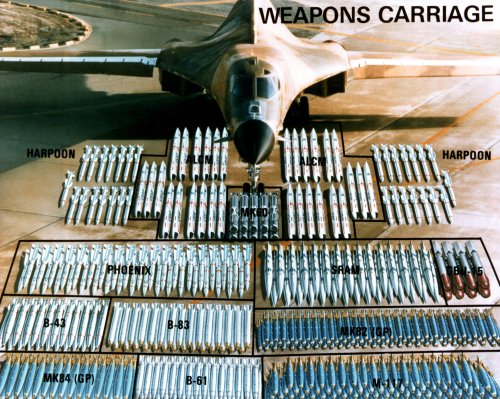The legendary F-14 with it's awesome Phoenix missile finally has some competition.
An F-15C fired an AIM-120D AMRAAM at a BQM-167 drone, blowing it out of the sky for what the USAF claims is the record for longest air to air missile kill. This took place at Tyndall AFB's Weapons Evaluation Program on March 21.
The actual distance was not disclosed, but the Delta version of the AIM-120D is said to have a range of over 100 miles. The Phoenix, on paper is still supposed to have longer range, but allegedly has not recorded a kill as far out as this shot. It's range is supposed to be around 118 miles.
I'd love to know exactly how far this shot was, but I'm sure the Chinese would like to know, too, so I'm fine just hearing the claim that it is a record.
Looks like the F-15EX Eagle II could be one helluva gun slinger if it is packing 16 or 18 of these bad boys. I've seen where it could potentially even be equipped with up to 24 missiles, but I think that's only been a proposal.
There was once a B-1R proposal where they would put a big new radar on the Bone along with 4 F-22 engines and load it up with something like 80 AMRAAMS. It would go up against a large formation, decimating it, then racing away at high speeds that no fighter could sustain while F-22's would sneak in from behind and pick off the survivors. Cool concept, but it must have had some weaknesses because it ultimately never materialized. I'm sure the cost was a huge factor. But wouldn't it have been fun to try this out at Red Flag?
@Astro14 It sure took a long time for the USAF to get to where the Eagle drivers might pick a fight with the Tomcats and not demand they leave the Phoenix at home! (Or still maybe they would. )
)
In all seriousness, the fleet looks like it got a nice upgrade in protection with the F-18E or F-35C carrying these AMRAAM Deltas, restoring much of the range lost when the Phoenix and Tomcat were retired.
An F-15C fired an AIM-120D AMRAAM at a BQM-167 drone, blowing it out of the sky for what the USAF claims is the record for longest air to air missile kill. This took place at Tyndall AFB's Weapons Evaluation Program on March 21.
The actual distance was not disclosed, but the Delta version of the AIM-120D is said to have a range of over 100 miles. The Phoenix, on paper is still supposed to have longer range, but allegedly has not recorded a kill as far out as this shot. It's range is supposed to be around 118 miles.
I'd love to know exactly how far this shot was, but I'm sure the Chinese would like to know, too, so I'm fine just hearing the claim that it is a record.
Looks like the F-15EX Eagle II could be one helluva gun slinger if it is packing 16 or 18 of these bad boys. I've seen where it could potentially even be equipped with up to 24 missiles, but I think that's only been a proposal.
There was once a B-1R proposal where they would put a big new radar on the Bone along with 4 F-22 engines and load it up with something like 80 AMRAAMS. It would go up against a large formation, decimating it, then racing away at high speeds that no fighter could sustain while F-22's would sneak in from behind and pick off the survivors. Cool concept, but it must have had some weaknesses because it ultimately never materialized. I'm sure the cost was a huge factor. But wouldn't it have been fun to try this out at Red Flag?
@Astro14 It sure took a long time for the USAF to get to where the Eagle drivers might pick a fight with the Tomcats and not demand they leave the Phoenix at home! (Or still maybe they would.
In all seriousness, the fleet looks like it got a nice upgrade in protection with the F-18E or F-35C carrying these AMRAAM Deltas, restoring much of the range lost when the Phoenix and Tomcat were retired.


